
PHP frameworks play a crucial role in web development, offering developers a structured and efficient way to build
robust and scalable applications. Among the myriad of PHP frameworks available, Laravel, CodeIgniter, and Symfony stand
out as popular choices. In this blog post, we’ll compare these three frameworks, exploring their features, strengths,
and use cases to help you make an informed decision when choosing the right framework for your project.
1. Laravel: The Modern PHP Framework
-
Introduction:
- Laravel is a modern PHP framework known for its elegant syntax, expressive syntax, and rich set of features.
-
Key Features:
- MVC Architecture: Laravel follows the Model-View-Controller architectural pattern, providing a
structured approach to organizing code. - Eloquent ORM: Laravel’s built-in ORM simplifies database interactions, allowing developers to work
with database records using intuitive syntax. - Blade Templating Engine: Blade offers a powerful yet simple templating engine for building dynamic
and reusable UI components. - Artisan CLI: Laravel includes a command-line interface (CLI) called Artisan, which automates common
development tasks and scaffolds boilerplate code. - Laravel Mix: Laravel Mix simplifies asset compilation and management, making it easy to integrate
front-end tools like Webpack and Sass.
-
Use Cases:
- Laravel is well-suited for building modern web applications, including e-commerce platforms, content
management systems, and enterprise-level applications.
2. Codeigniter: The Lightweight Framework
-
Introduction:
- Codeigniter is a lightweight and straightforward PHP framework known for its simplicity and ease of use.
-
Key Features:
- Small Footprint: Codeigniter has a small footprint and minimal system requirements, making it
suitable for projects where performance is a priority. - Straightforward Documentation: Codeigniter’s documentation is clear and concise, making it easy for
developers to get started and troubleshoot issues. - Active Community: Despite its simplicity, Codeigniter has a vibrant community of developers who
contribute to its ecosystem through libraries, plugins, and extensions. - Flexibility: Codeigniter provides flexibility in terms of database configuration, routing, and
templating, allowing developers to tailor the framework to their specific needs.
-
Use Cases:
- Codeigniter is ideal for building small to medium-sized web applications, including blogs, forums, and
brochure websites.
3. Symfony: The Enterprise-Grade Framework
-
Introduction:
- Symfony is a robust and mature PHP framework designed for building complex and enterprise-level
applications.
-
Key Features:
- Components and Bundles: Symfony is built on a set of decoupled and reusable components, allowing
developers to use only the components they need and integrate third-party bundles for additional
functionality. - Scalability and Performance: Symfony’s architecture is optimized for scalability and performance,
making it suitable for high-traffic websites and mission-critical applications. - Flexibility: Symfony offers a high degree of flexibility and configurability, allowing developers to
customize every aspect of their application to meet specific requirements. - Symfony Flex: Symfony Flex is a new package manager and installer that streamlines the installation
and configuration of Symfony applications and bundles.
-
Use Cases:
- Symfony is well-suited for building large-scale and enterprise-level applications, including CRM systems,
ERP solutions, and SaaS platforms.
Conclusion
Choosing the right PHP framework is a critical decision that can significantly impact the success and scalability of
your web application. Laravel, Codeigniter, and Symfony each have their strengths and use cases, catering to different
development preferences and project requirements. Whether you prioritize simplicity, performance, or enterprise-grade
features, there’s a PHP framework that fits your needs. By understanding the features and characteristics of Laravel,
Codeigniter, and Symfony, you can make an informed decision and embark on your web development journey with confidence.
 From Chaos to Clarity: The Ultimate Guide to Automating Financial Reports with VBA
From Chaos to Clarity: The Ultimate Guide to Automating Financial Reports with VBA
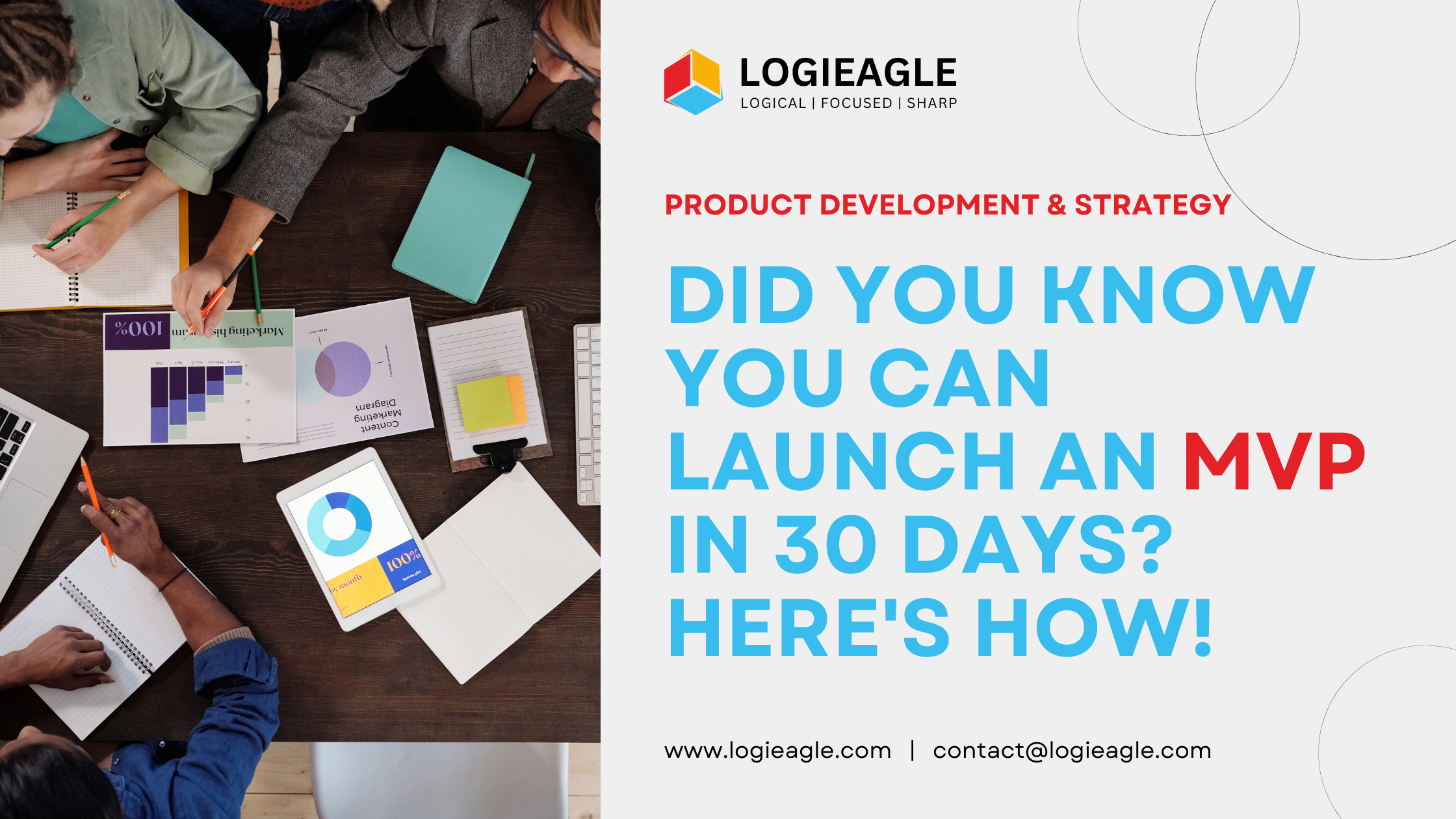 Did You Know You Can Launch an MVP in 30 Days? Here's How!
Did You Know You Can Launch an MVP in 30 Days? Here's How!
 Mastering Business Intelligence Dashboards: Excel Techniques You Need to Know
Mastering Business Intelligence Dashboards: Excel Techniques You Need to Know
 Turning Excel into a Scalable Business Tool: A Step-by-Step Guide
Turning Excel into a Scalable Business Tool: A Step-by-Step Guide
 The Psychology Behind Intuitive UX: How to Design for User Comfort
The Psychology Behind Intuitive UX: How to Design for User Comfort
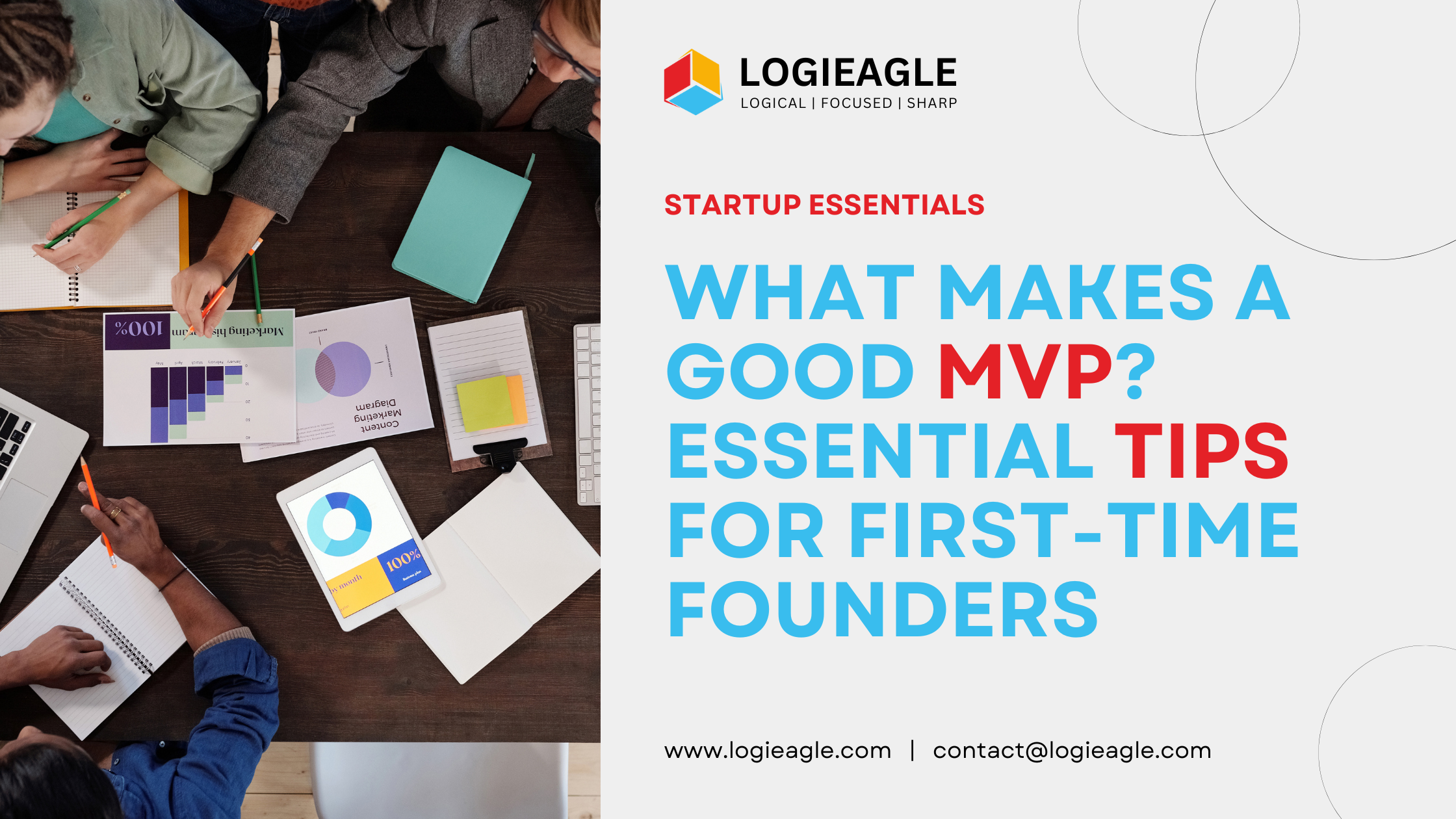 What Makes a Good MVP? Essential Tips for First-Time Founders
What Makes a Good MVP? Essential Tips for First-Time Founders
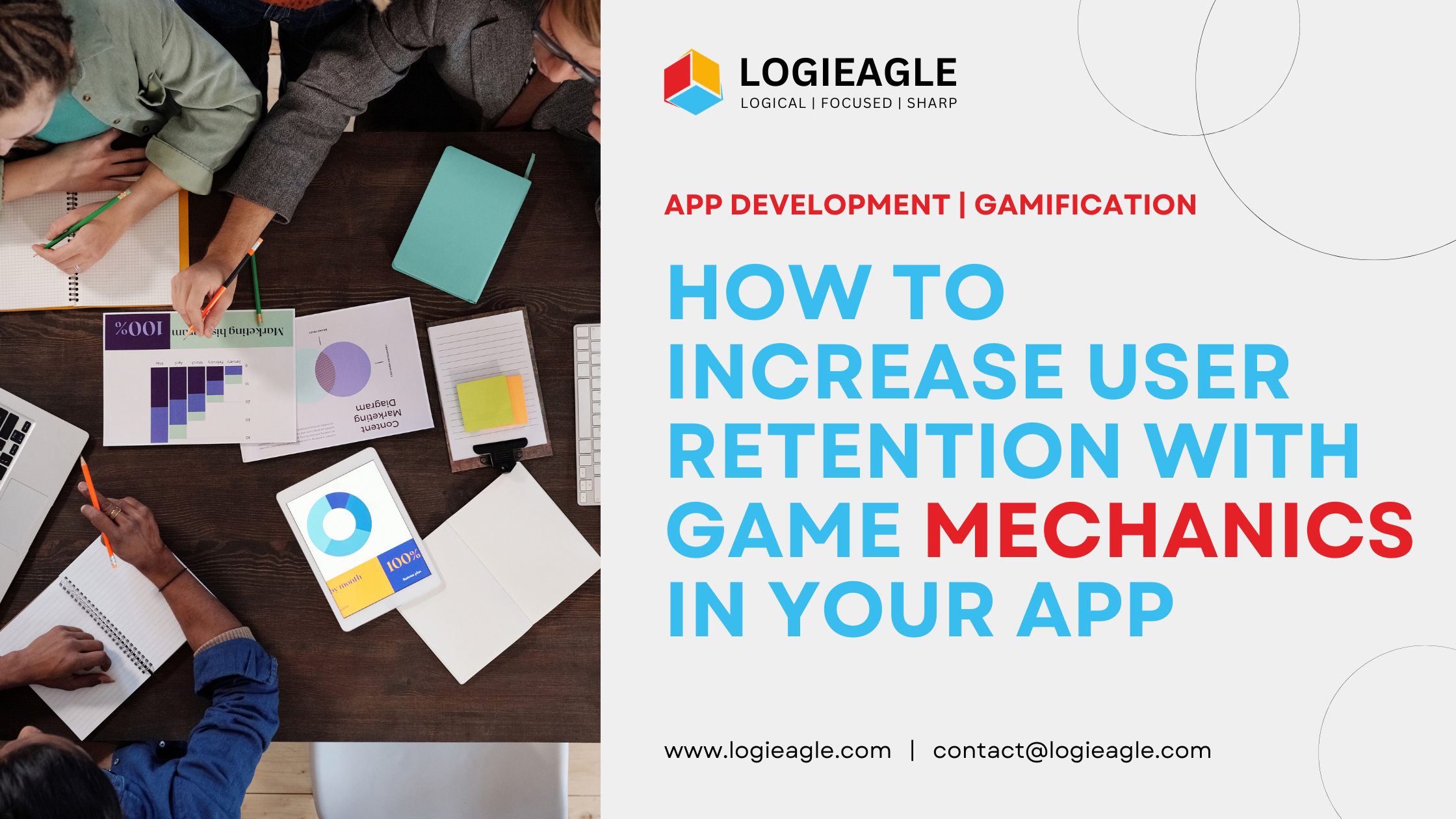 How to Increase User Retention with Game Mechanics in Your App
How to Increase User Retention with Game Mechanics in Your App
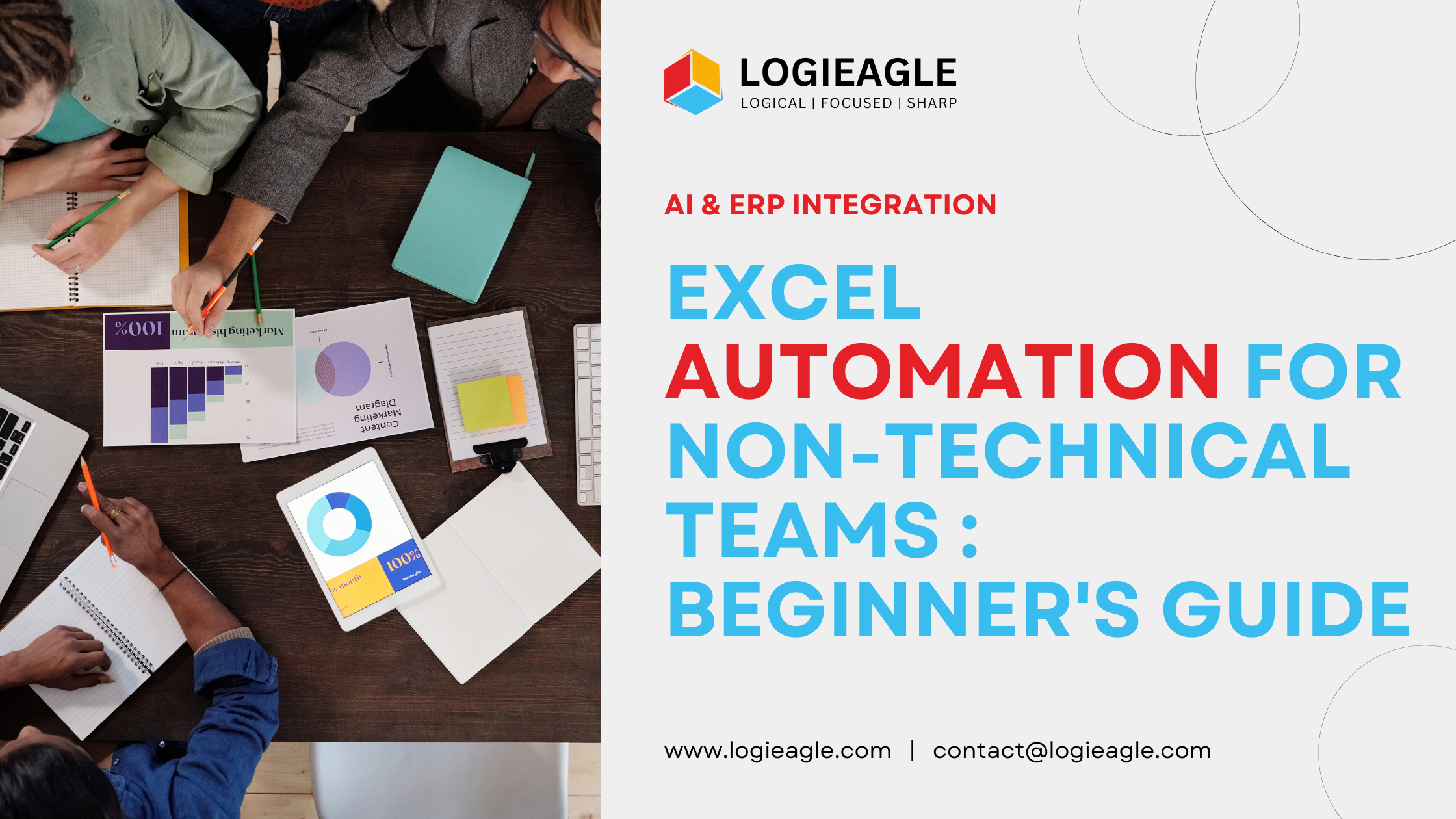 Excel Automation for Non-Technical Teams: A Beginner's Guide
Excel Automation for Non-Technical Teams: A Beginner's Guide
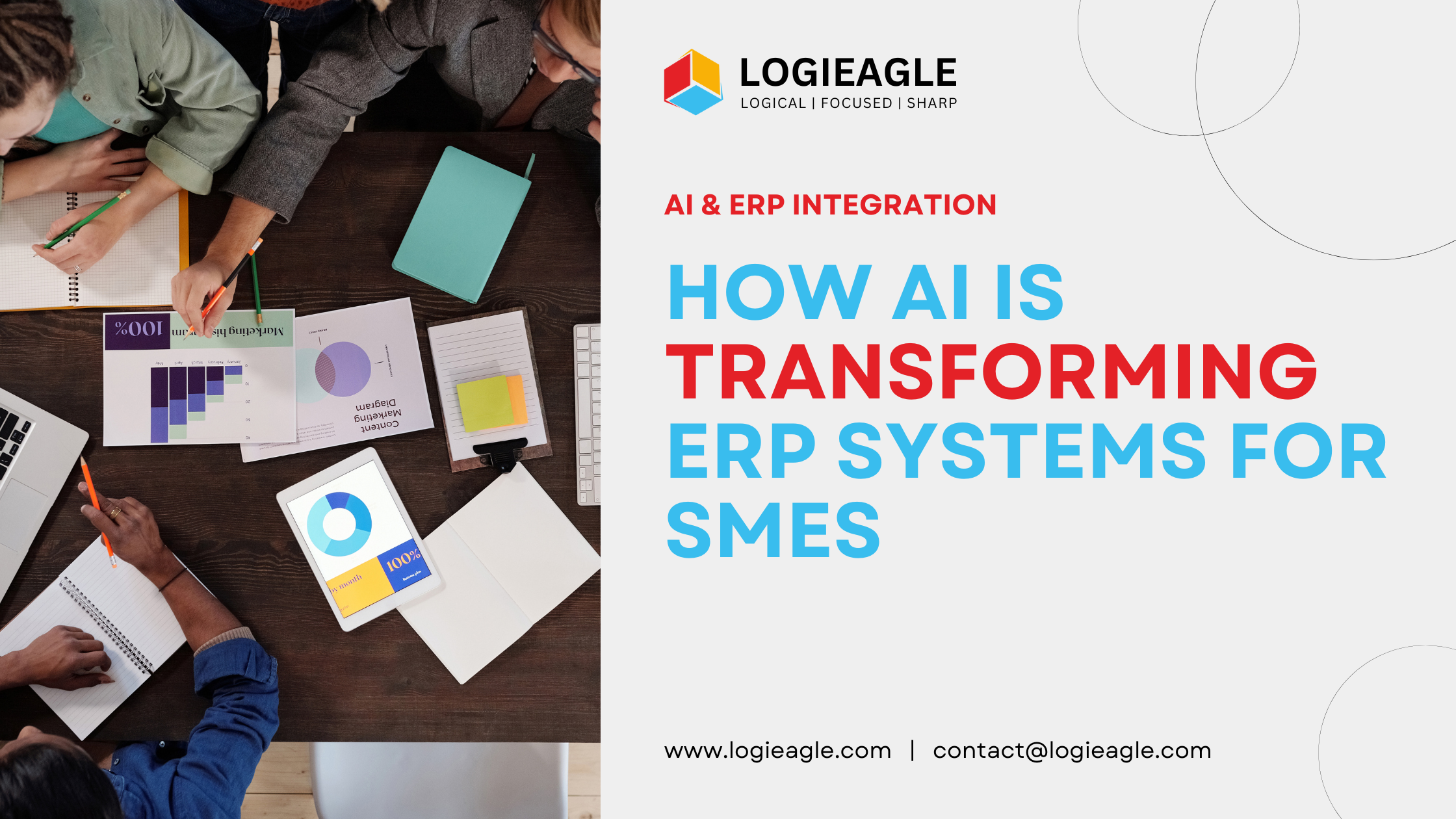 How AI Is Transforming ERP Systems for SMEs
How AI Is Transforming ERP Systems for SMEs
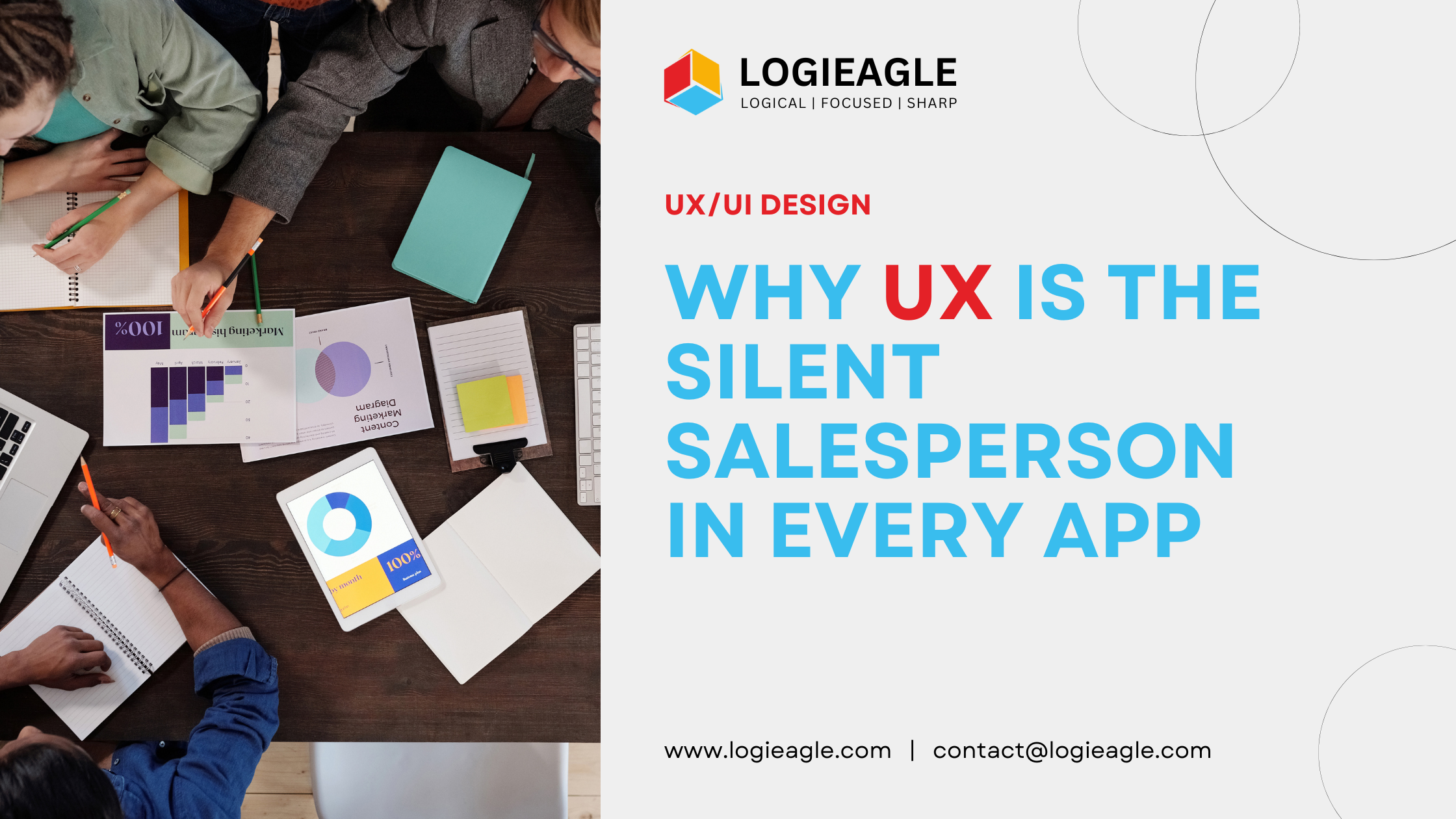 Why UX Is the Silent Salesperson in Every App
Why UX Is the Silent Salesperson in Every App